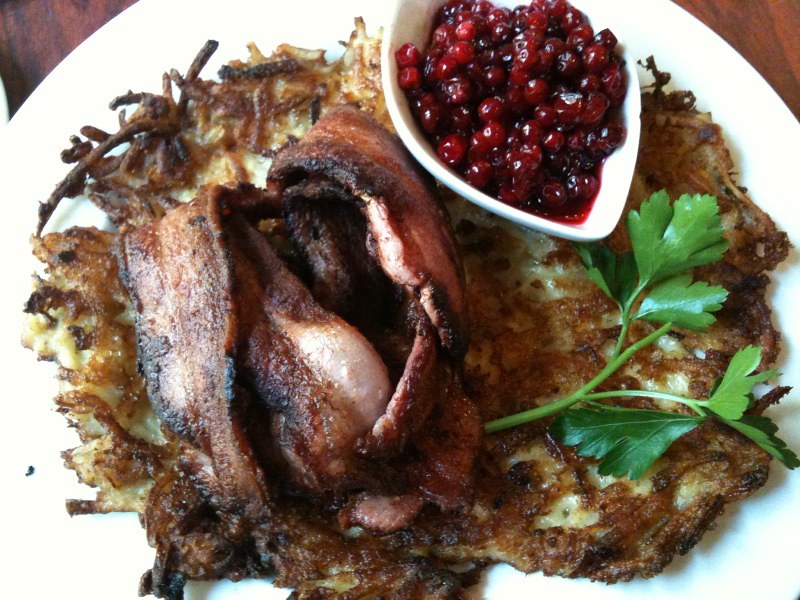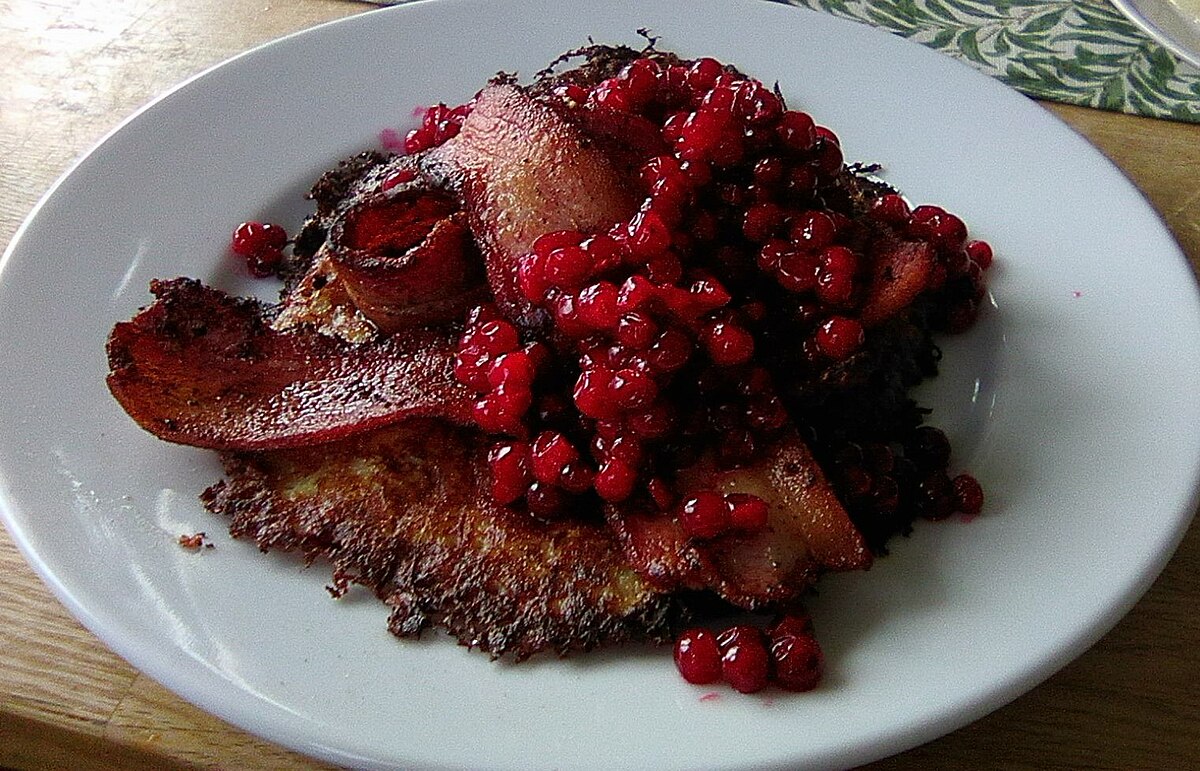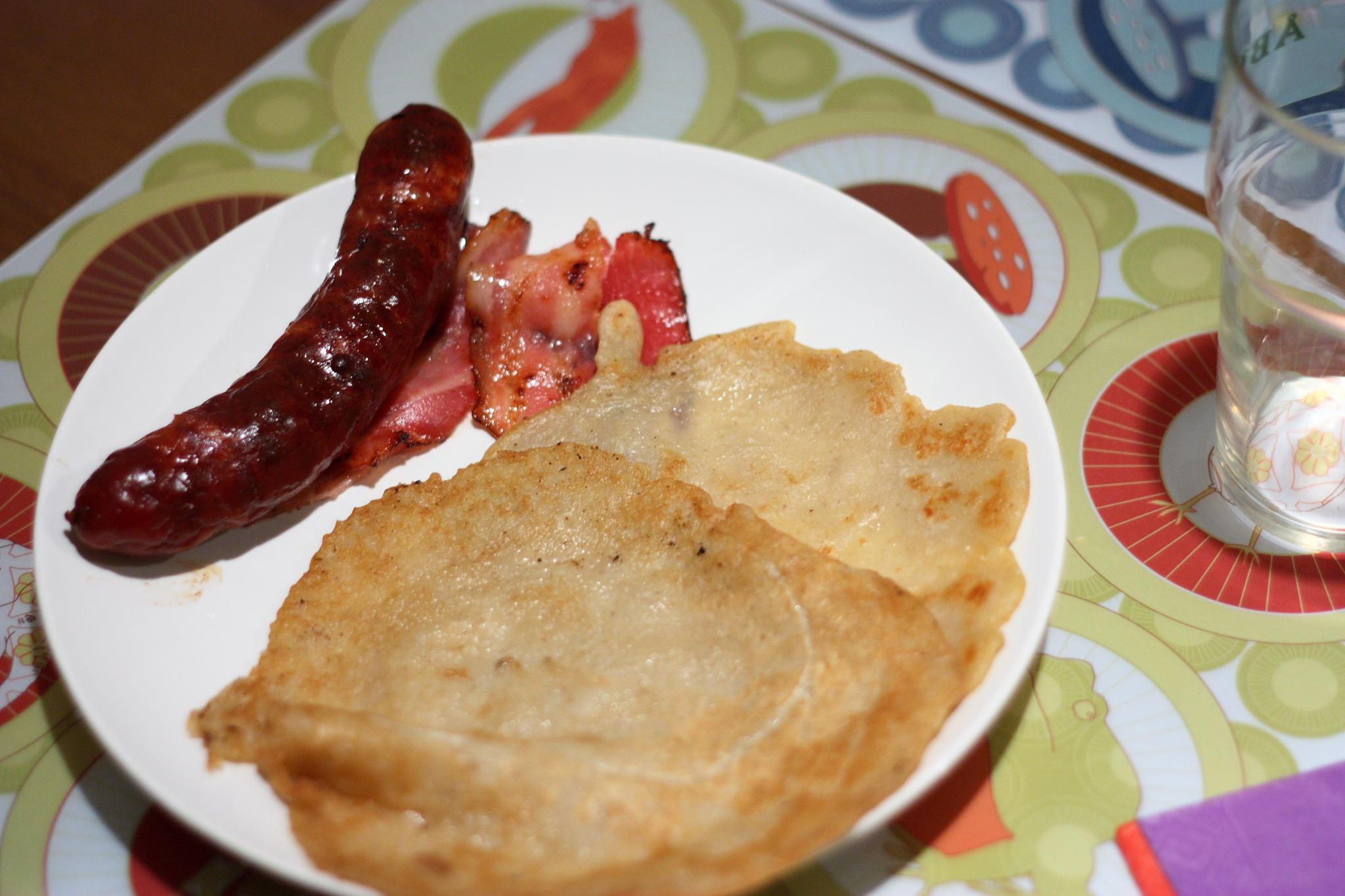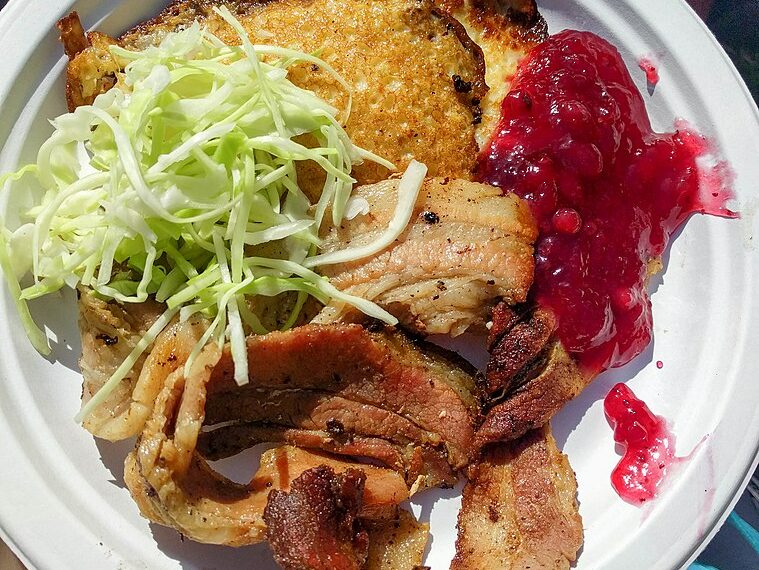Raggmunk, a traditional Swedish dish, is a delectable pancake variation that has been enjoyed for generations. Its unique name, which roughly translates to “crispy cake” in English. The dish perfectly captures the essence of this flavorful and satisfying meal. In this article, we will explore the origins of raggmunk, delve into its key ingredients, and provide you with a step-by-step guide on the raggmunk recept and know how to prepare this beloved Swedish treat in your own kitchen.
History and Origins
Raggmunk has deep roots in Swedish cuisine history, tracing its origins back to the rural regions where simple, hearty dishes were a staple. Its creation can be attributed to the resourcefulness of Swedish farmers, who crafted this dish using basic ingredients commonly found in their households.
Originally, raggmunk was conceived as a way to make use of leftover potatoes, a ubiquitous crop in Sweden. The addition of flour, milk, and eggs transformed these humble ingredients into a flavorful pancake that quickly gained popularity for its crispy exterior and soft interior.

Cultural Significance In Swedish Tradition
Raggmunk holds a special place in Swedish culture, often enjoyed as a hearty meal during colder months. It is frequently served as a main course but can also be enjoyed as a side dish. The dish embodies the essence of Swedish comfort food, bringing families together around the dining table.
Raggmunk is not only a delicious treat but also a symbol of resourcefulness, reflecting the Swedish tradition of making the most out of locally available ingredients. Its popularity has transcended generations, with many Swedish families passing down their cherished Raggmunk recipes through the years.
Key Ingredients
The key to the perfect Raggmunk lies in the selection of quality ingredients. Here are some basic ingredients to get you started.
1. Potatoes
The heart of the raggmunk lies in the potatoes. Traditionally, raw potatoes are grated and used in the batter, lending a unique texture to the pancakes. Variations may include the use of boiled and mashed potatoes, offering a different consistency.
2. Flour
All-purpose flour serves as the binding agent, helping to create a cohesive batter. It contributes to the overall texture of the pancakes, providing the perfect balance between crispy and tender.
3. Milk
Milk adds moisture to the batter, ensuring that the pancakes are not overly dry. It also contributes to the fluffiness of the final product.
4. Eggs
Eggs act as a binding agent and contribute to the structure of the pancakes. They play a crucial role in achieving the desired consistency and texture.
5. Salt and Pepper
These simple seasonings enhance the flavor profile of the raggmunk, adding a savory element that complements the natural taste of the potatoes.

Step-by-Step Preparation
1. Grate the Potatoes – Begin by grating the raw potatoes using a box grater. Squeeze out any excess moisture from the grated potatoes to prevent the pancakes from becoming too wet.
2. Combine Ingredients – In a large mixing bowl, combine the grated potatoes, flour, milk, beaten eggs, salt, and pepper. Mix the ingredients thoroughly until a batter forms.
3. Heat the Pan – Preheat a frying pan or skillet over medium-high heat. Add a generous amount of oil to ensure the pancakes achieve a crispy exterior.
4. Cook the Pancakes – Spoon portions of the batter onto the hot pan, spreading it out to form even-sized pancakes. Cook until the edges turn golden brown, then flip and cook the other side until crispy.
5. Serve and Enjoy – Once the raggmunk are cooked to perfection, serve them hot with traditional accompaniments such as lingonberry jam or applesauce. The combination of the crispy pancakes with the sweet and tart flavors of the accompaniments is a delight for the taste buds.
Some Additional Tips
While the traditional Raggmunk recipe remains a staple, modern chefs and home cooks often experiment with variations to add a contemporary twist. Some may incorporate herbs, and cheese, or even substitute sweet potatoes for a unique flavor profile.
These variations showcase the versatility of Raggmunk recept, making it adaptable to different tastes and preferences. Here are some of the popular variations in recipes.
1. Mashed Potato Raggmunk – Experiment with mashed potatoes instead of grated ones for a smoother texture. This variation is a great way to use leftover mashed potatoes.
2. Add Onions – Enhance the flavor by adding finely chopped onions to the batter. The caramelized onions contribute a sweet and savory element to the pancakes.
3. Serve with Bacon or Sausages – For a heartier meal, serve raggmunk with crispy bacon or flavorful sausages. The combination of flavors and textures creates a satisfying result.

4. Experiment with Toppings – While lingonberry jam and applesauce are traditional accompaniments, feel free to get creative with toppings. Sour cream, chives, or even smoked salmon can add a gourmet touch.
Final Note
Raggmunk showcases the rich culinary heritage of Sweden, blending simplicity with a burst of flavors. Whether enjoyed as a breakfast dish, brunch option, or a comforting dinner, these Swedish pancakes have a timeless appeal. In fact, you can easily find them in any rooftop bar or restaurant in Sweden.
So, try your hand at preparing raggmunk, and experience the joy of savoring a dish that has stood the test of time, delighting generations with its crispy goodness and wholesome taste.









